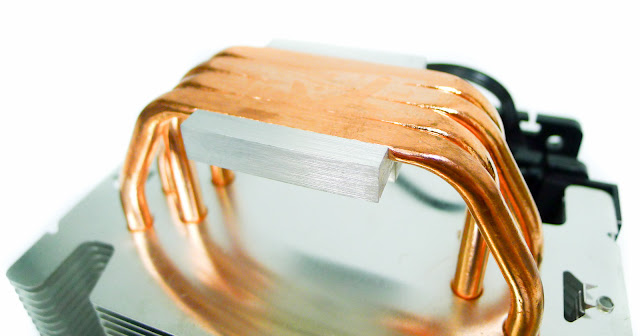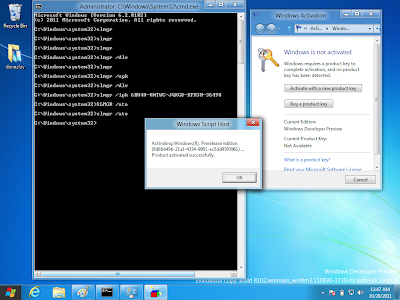Australian owners of a Nokia N8, C7 or E7 smartphone can now download and install a new OS flavor on their devices, none other than the Symbian Anna platform that was made official a few months ago.
The new OS version is available for all unlocked models in Australia, as well as for those devices on the airwaves of Vodafone, 3 and Optus.
“In case you didn’t get it via other channels already: We’ve now published Symbian Anna for Australia this morning. All customers on unbranded as well as Vodafone, 3 and Optus variants can now update. Telstra unfortunately is not available yet as we are still waiting for their approval,” Nokia announced.
Vodafone already went official with the availability of the new OS flavor, and even provided users with details on what they need to do to install the platform on their devices.
“The Symbian Anna software update is for a three Nokia handsets – the N8-00, C7-00, and E7-00. It will fix bugs as well as bring a range of new features and enhancements to these handsets,” Vodafone explains.
The wireless carrier also notes that those who would like to download the new OS version will be able to do so either over the air, installing it directly on the mobile phone, or can download and install it via the Ovi suite on their desktop PCs.
The new software weighs in at around 25.6MB, which means that users will need a fast 3G or WiFi connection when downloading over the air.
They will need to make sure the battery inside the phone is fully charged, and then hit Menu > Applications > SW Update, and select the desired update.
Those who will download and install the OS flavor via Nokia Ovi Suite will need to have the app installed on their computers, plug-in the handset, then search for the update.
Before proceeding, it is recommended to backup all data on the mobile phone, so as to make sure that no important files are lost during the installation process.
The release notes for the new update include:
- New user interface
- New Iconography
- Portrait QWERTY
- Split-screen text input
- Clean new look, superior page visibility
- Improved page load speeds
- Browse multiple sites simultaneously
- Flash Support
- Create & Accept/Reject Calendar Invites reinstated for Mail for Exchange
- Overall ‘lighter’ less demanding, smoother OS for new and existing devices
- ‘Follow’ homescreen transitions
- Updated Camera interface with improved sharing options
- OviMaps 3.06 pre-installed.



 10/31/2011 11:43:00 PM
10/31/2011 11:43:00 PM
 dannzfay
dannzfay


















































